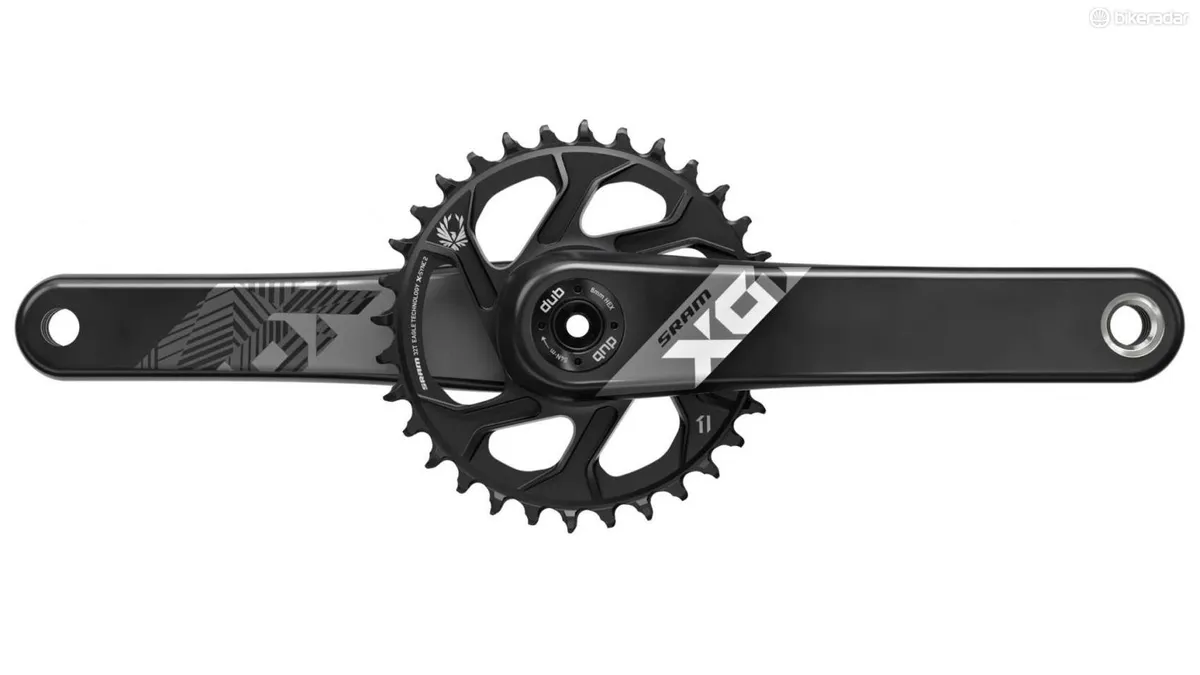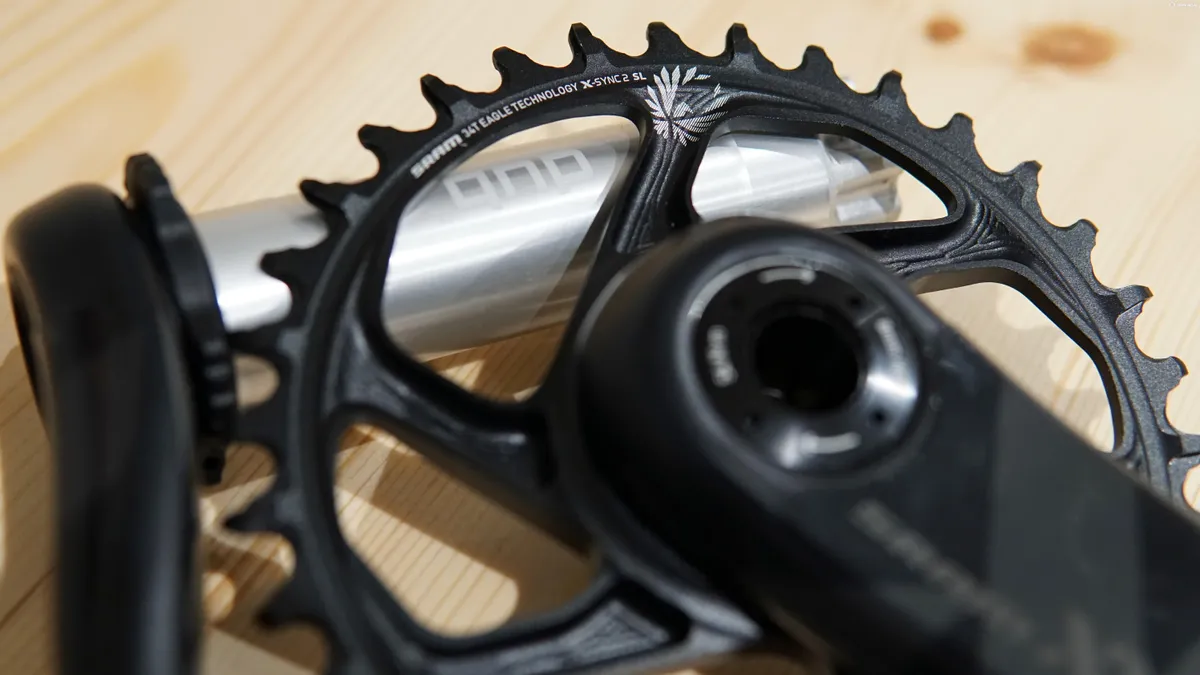SRAM is bringing to market a complete update of its 12-speed crank range, from GX Eagle up to XX1 Eagle, via Stylo and Descendant, all based around a new axle diameter specification named DUB (Durable, Unifying Bottom Bracket).
You've got to admire SRAM's drive when it comes to product development. Its goal is to have the best product available for a given application. We've not gleaned that from a press release, but from years of talking to their engineers and product managers, it's just how SRAM operates.
When SRAM's Eagle groupsets were released, it probably knew its cranks weren't the best out there (as good as they were), and this is why it's developed DUB.
Stiffer, lighter, more durable? We take a look…
What is DUB?
SRAM says that it wanted to make market leading cranks so that when brands were speccing bikes there would be no question regarding putting SRAM's cranks on its bikes.
Right at the top end, this means cranks that are both stiff, light and durable. SRAM claims that the DUB system allows for the lightest cranks possible, which are also strong, while the new BBs add durability — the XX1 version drops a relatively whopping 80 grams from the previous version.

The new axles are a smidge under 29mm (28.99mm, to be precise) in diameter, increasing stiffness over previous 24mm spindles. In order to ensure compatibility there's also a range of bottom brackets that allow the cranks to fit in any current frame, whether that be BSA threaded, PF92, BB30 or whatever. The bottom brackets have a new sealing system that, SRAM says, is more durable than before.
The diameter was reportedly defined by the sealing SRAM wanted to achieve from the bearings, rather than the seals and bearings being based around the axle's diameters — hence the rather 'odd' figure for the diameter. The bottom bracket has been designed with an extra layer of sealing, as well as tighter tolerances, and metal construction of the bottom bracket.

In developing the cranks with the bottom brackets, SRAM has kept the relative position of the bearings a constant between bottom bracket types, as such the BB30 and PF30 bottom brackets now come with external bearings, rather than internal ones.
SRAM claims that the combined weight of an XX1 crank (175mm, 32t ring) plus bottom bracket is 498 grams. In its press release, it claims that the RaceFace Next SL G4 crank (arguably the XC market leader), with the equivalent length, ring and bottom bracket is 518 grams.
Compatibility
SRAM claims that the DUB cranks should fit nearly every modern bike out there, save for a couple of pretty niche exceptions — frames built around Super Boost rear dropout spacing and Cannondale's BB30Ai frames. As such, below is a list of bottom bracket standards that SRAM's DUB cranks will be compatible:
- BSA 68 (threaded)
- BSA 73 (threaded)
- BSA 100 (threaded)
- PF89.5
- PF92
- PF121
- BB30 73
- PF30 73
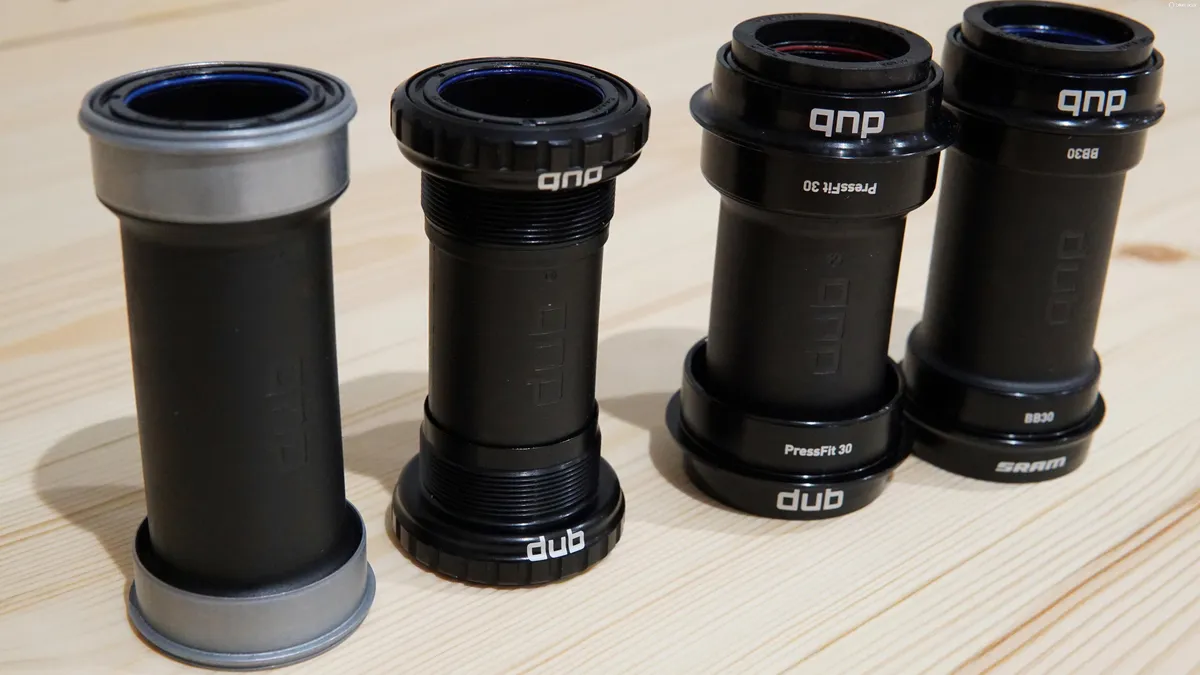
The cranks will work with non-Boost (49mm chainline), Boost (52mm chainline) and fat bikes (170 and 190 OLD). There's also a bottom bracket made for E-type chain guides — the BSA 73E. Your current SRAM Eagle chainrings will be transferable because the interface between crank and chainring hasn't changed.
Tools and fitting
The installation process is the same as before, with a bearing preload adjuster to take up the slack. This has been improved ergonomically and with a better pitch so users can feel the adjuster bottom out on the bearing easier, helping them avoid over tightening.
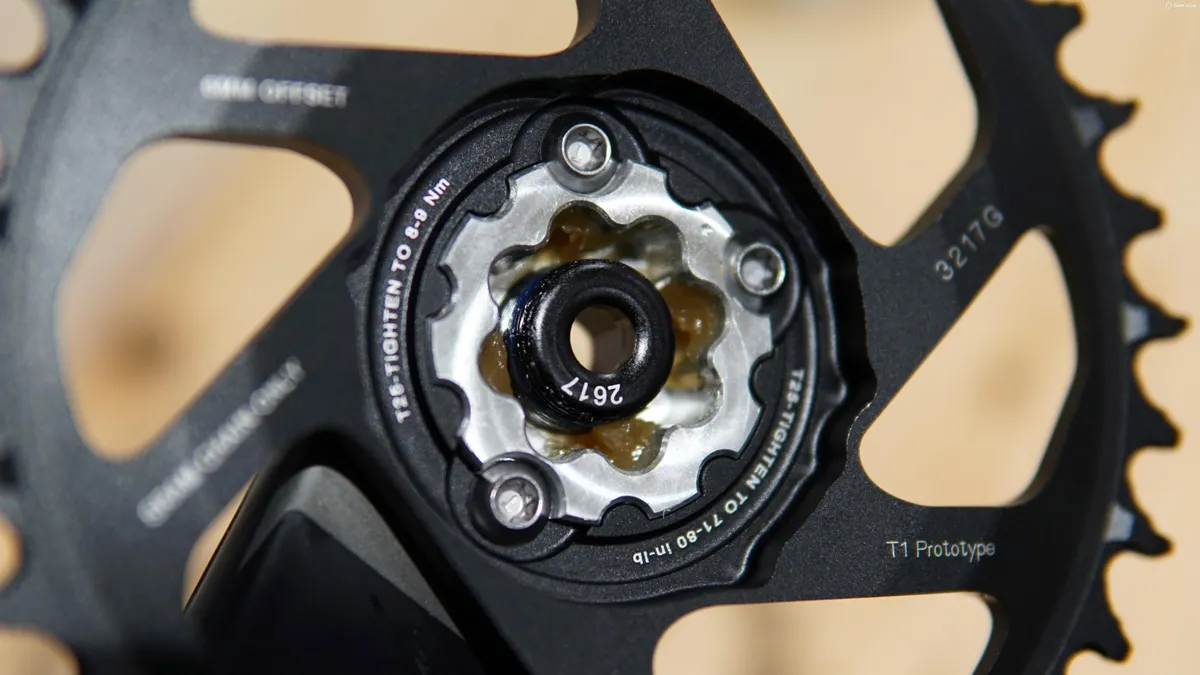
It's not been necessary for SRAM to develop new tools for the cranks, a 12-tooth 46mm OD cup tool, or regular bearing press being are suitable. Of course, some fancy DUB drift tools will be made, but they aren't necessarily required.
Models and prices
As you'd expect, there's a fairly wide range of models available, from XX1 down to GX Eagle.
The XX1 and X01 cranks get a 'Tuned' carbon construction (extra lightweight and stiff) with the XX1 version getting the SL chainring. The GX Eagle crank is alloy.

There are then regular carbon and alloy versions of both the Descendant and Stylo cranks (aimed at enduro and trail riders respectively). Differences in price are accounted for not only by the construction of the crank arms but also the chainrings.
The XX1 gets the lightest CNC'd SL version of the X-Sync 2 ring and the X01 gets a CNC'd ring. The GX Eagle, carbon Descendant and carbon Stylo get a cold forged alloy ring, while the alloy Descendant and Stylo get a stamped steel ring.

All the cranks will be available in 170mm and 175mm versions, with the GX Eagle cranks also getting a 165mm option.
Prices are:
- XX1 Eagle: £510–£520 / $515–$525 / €570–€585
- X01 Eagle: £480–£490 / $485–$495 / €540–€550
- GX Eagle: £135–£185 / $135 –$185 / €150–€205
- Descendant carbon: £255 / $260 / €290
- Descendant alloy: £105 / $105 / €115
- Stylo carbon: £255–£305 / $260–$310 / €290–€345
- Stylo alloy: £105 / $105 / €115
- Bottom brackets: £32–£44 / $38–$50 / €38–€52
So is this yet another new standard?
SRAM argues that this isn't a new standard. Yes, we too had the collective groan when we first heard about it, but SRAM makes a fair point — there is nothing here that will change frame design.
While ideas such as Boost width hubs require frame manufacturers to re-design the back-end of their frames, save for Super Boost and Cannondale's BB30Ai BB shells, SRAM reckons it has a bottom bracket to suit every frame.
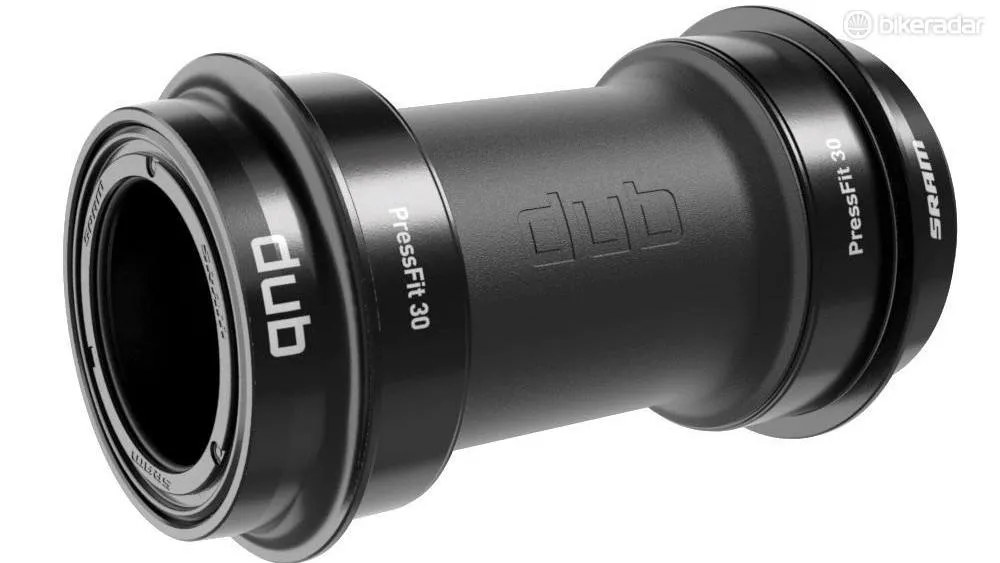
Bearings have been moved around in places to make room for the crank's increased diameter spindle, but that's it. While other bottom brackets aren't compatible with the cranks when you buy a new crank, the majority of us will also get a new bottom bracket to go with it, so in fairness to SRAM, how much of an issue will this actually be?
A quick straw-poll of the office suggests that none of us has ever had any particular issues with SRAM's bottom brackets, and if its claims that the sealing is improved are true, then we see no reason for this to change to be for the worse.
Yes, if you're a fan of a particular bottom bracket (Chris King's alleged indestructibility, Hope's fancy colours) you might be disappointed, but otherwise we don't have a huge issue with SRAM's DUB idea.
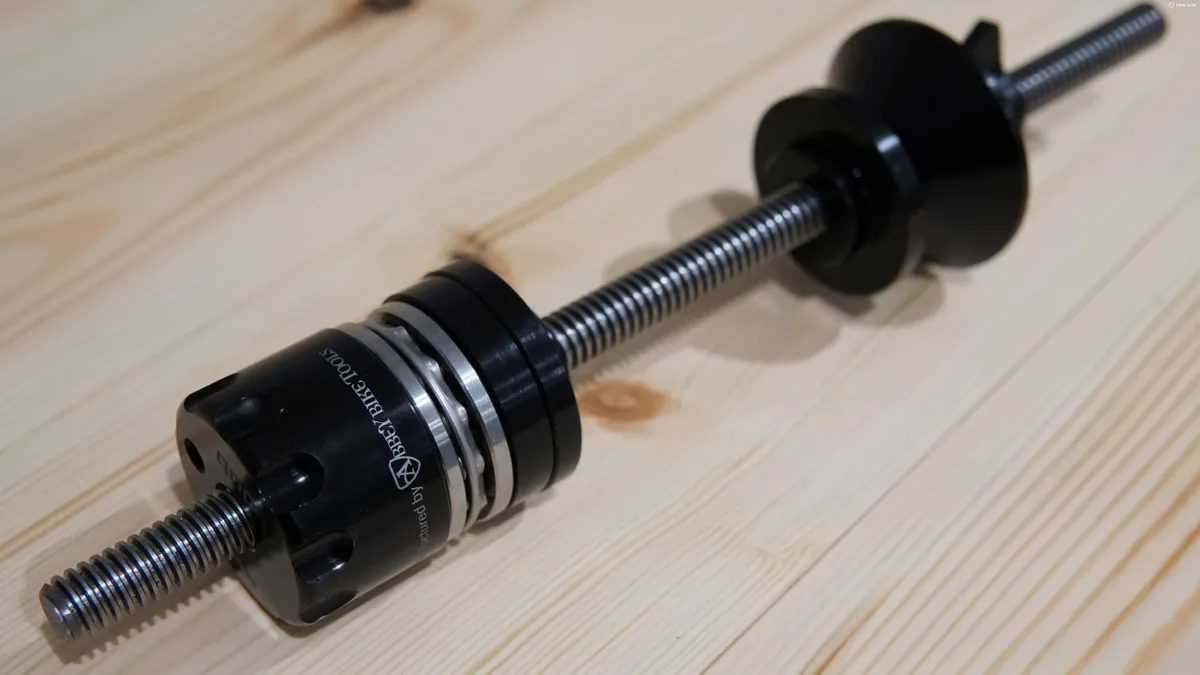
Time will tell how the cranks actually perform, but we'll be getting our hands on a set very soon, so will update you with a full review once we've put them through their paces.
